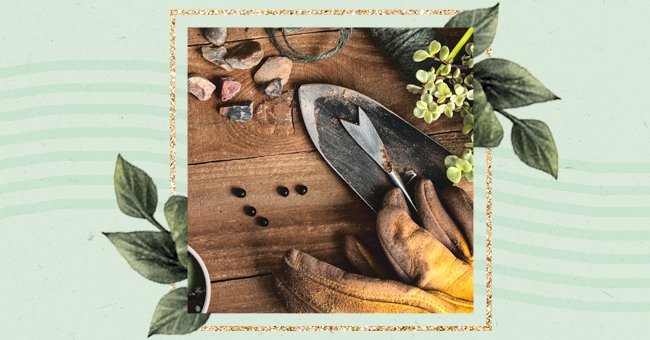
A Guide To Removing Weeds From Your Garden
It's time to take the chore out of weeding. At first, it might seem necessary to pull out weeds every so often. However, what may seem like a relaxing pastime can quickly turn into hours wasted and your interest in gardening waning.
However, if weeds are left to their own devices, expect significant ruin to your project. They will rob your plants of space and essential nutrients to help them grow. Using harsh chemicals to weed is one option, but they are harmful.
It's strange to say, but weeds like plants need some understanding. All you need is a strategy for every dilemma, and you'll be good to go. In this guide, we detail non-harmful ways to remove weeds from your garden with supplies you can find in your kitchen cabinet alongside some gardening know-how.
Let Weeds Lie

Photo by Gabriel Jimenez on Unsplash
Think of weeds like an active volcano ready to erupt and emit lava that will spread. Each time you open a new patch of grass, it's bound to happen. Therefore, when digging or cultivating, be aware that hidden weeds will come to the surface.
So dig only when you need to. Moreover, if you when you have to dig; do not leave the open patch unprotected. Immediately treat the spot with plants or mulch. However, note that some weeds can remain dormant for a long time.
Mulch
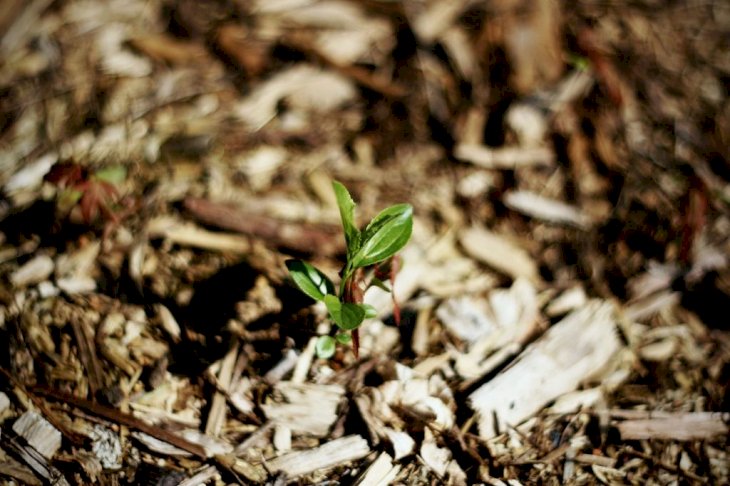
Photo by Maddy Baker on Unsplash
Mulch keeps soil cool, moist and more importantly, they deny weeds light. Moreover, organic mulch will shelter bugs that seek out and eat weeds. However, constantly replenish your mulch and keep it 2 inches deep. Further than that and you might deny your soil of oxygen.
You can cover the soil's surface with items easily found at home like cardboard or newspaper and then spread mulch over it. In the case of newspapers, put down ten sheet layers and wet them to hold them down. Cover with an inch or two of mulch. If weeds begin to sprout through the mulch, add more layers of newspaper in the same manner.
Weed When Weeding's Good
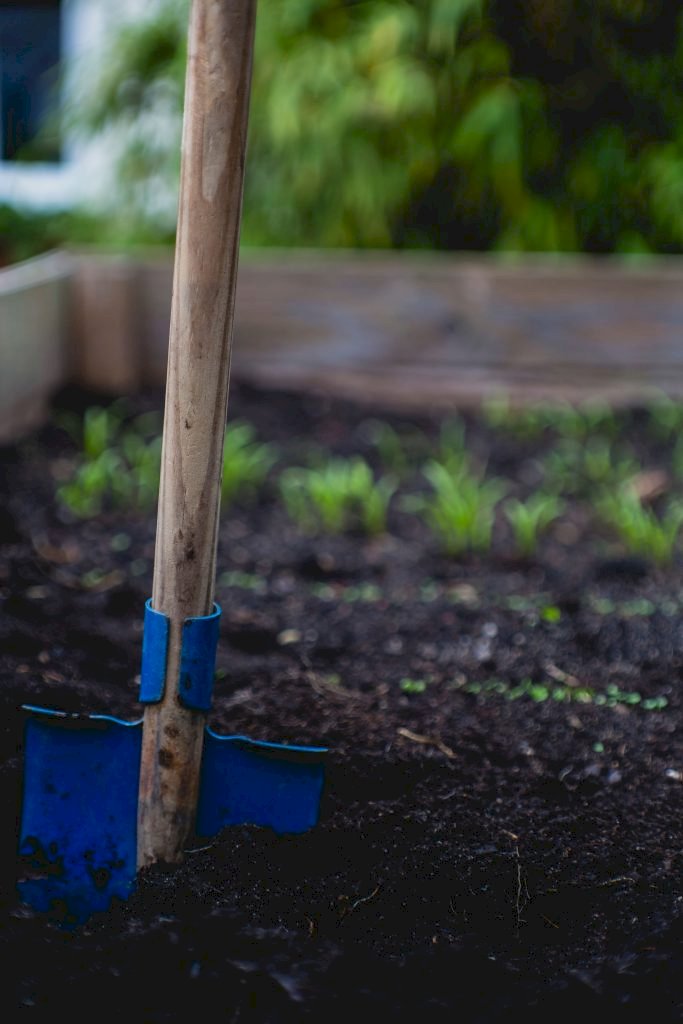
Photo by Markus Spiske on Unsplash
When you are ready to start weeding, use the old elbow grease treatment. Get yourself gloves, a sitting pad, and a trowel to place the weed in. Also, do not forget an old fork, which can be used to snuff out weedy tendrils. For larger weeds, use a fishtail weeder.
However, this type of weeding is best done after a good rain, when the soil is nice and soft. However, in dry conditions, slice the weeds below the soil line to ensure they dry up and die. For mulched beds, use an old steak knife to remove the weeds from their roots and patch open spaces left in the mulch.
Vinegar
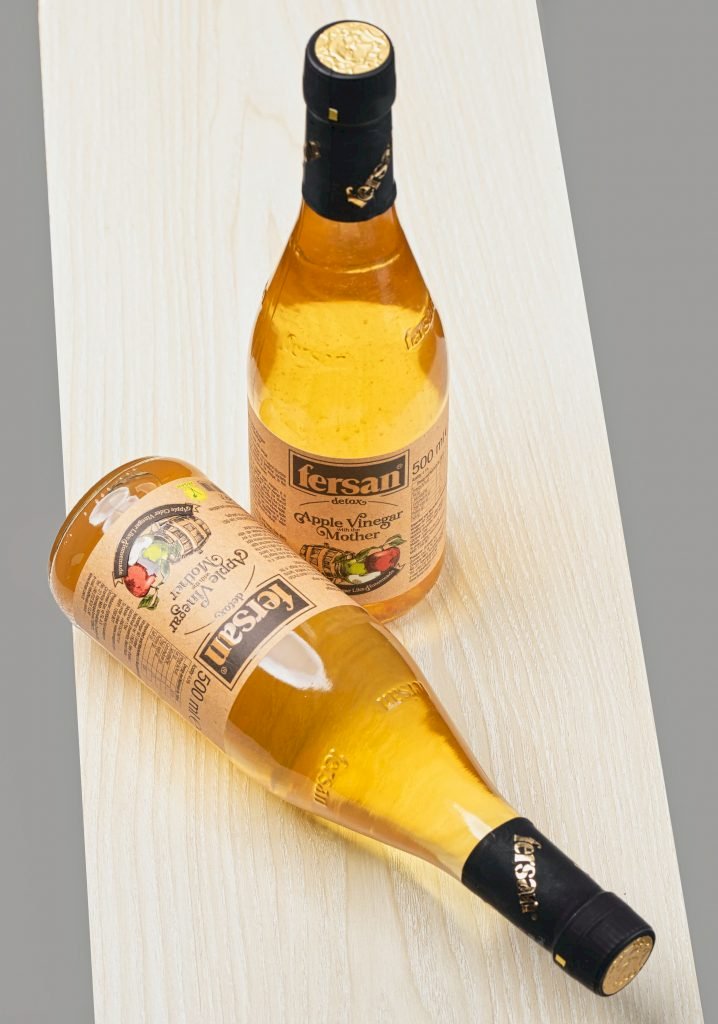
Photo by Bulbul Ahmed on Unsplash
Vinegar is an acetic acid that dries out plant leaves. It effectively destroys young plants with immature roots, but it is much weaker with waxy weeds like pennywort or thistle. Although, cover your precious plants if you do not want them to face the same fate.
To keep your spray targeted, use a 2L plastic soda. Cut out the bottom half and place the bottle over the specific weed, then spray vinegar into the mouth of the bottle to keep it from going on your plants.
Boiling Water
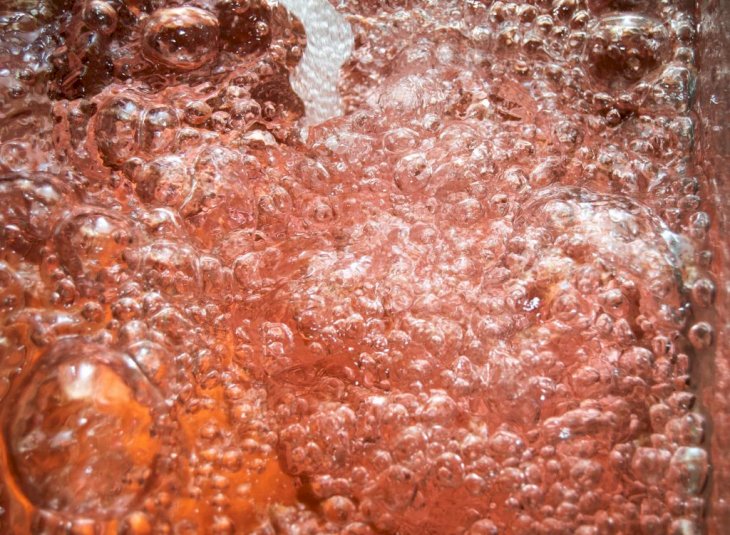
Photo by Karen Bailey on Unsplash
Before you reach for a chemical weed killer, tap into your tap (sorry). All you need to do to kill weed with this method is to pour boiling water on weeds. They will immediately burn up because they will work on the surfaces before cooling at the border plants.
Salt
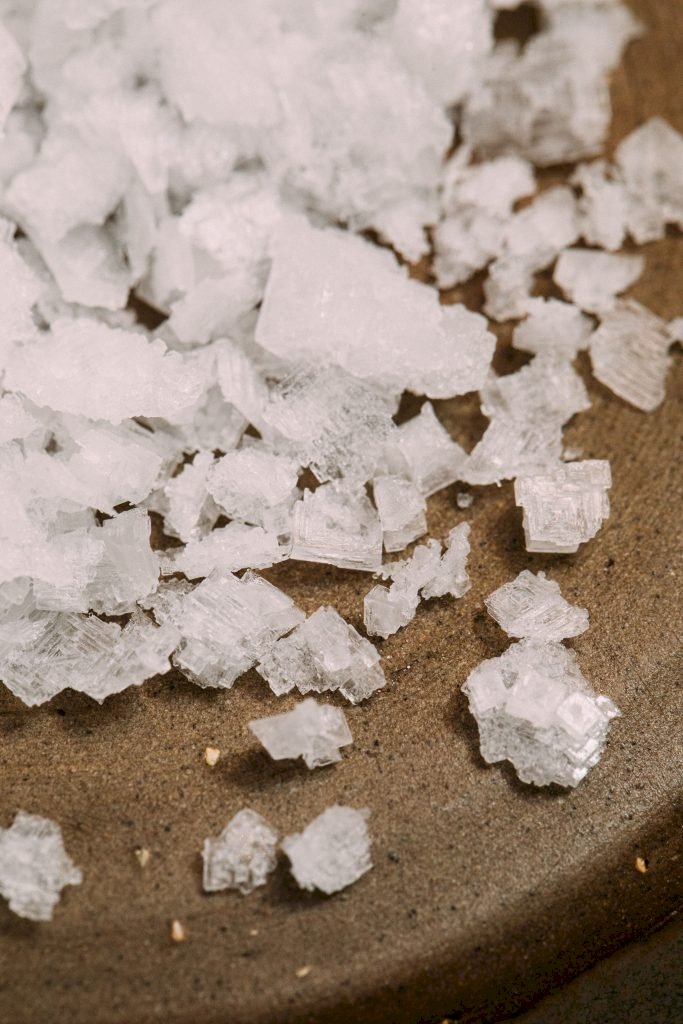
Photo by Charles Deluvio on Unsplash
Use the end of wintertime to stock up on discounted rock salt. To use, sprinkle it on your garden paths during spring to battle the weed. If you do not have rock salt, use table salt. Salt is a weed barrier, and you can place them along lawn edgings and areas a lawnmower can't reach. However, note that it can erode surfaces, so use caution.
Get Them At The Head
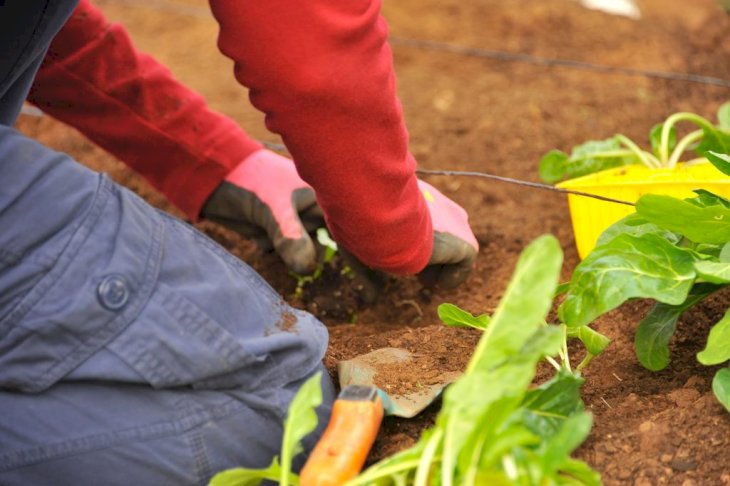
Photo by Ngobeni Communications on Unsplash
Literally, cutting off the head of weeds in a process called deadheading will buy you a few weeks before weed "seed rain" begins. Targeting the tops of perennial weeds reduces reseeding time.
Moreover, deadheading pressures weeds to use their food reserves and exhaust their supply of root buds, thus limiting their spread. Make use of pruning loppers to take them down, or use a string trimmer with a blade attachment to lop them off. Doing so will keep the weeds from spreading.